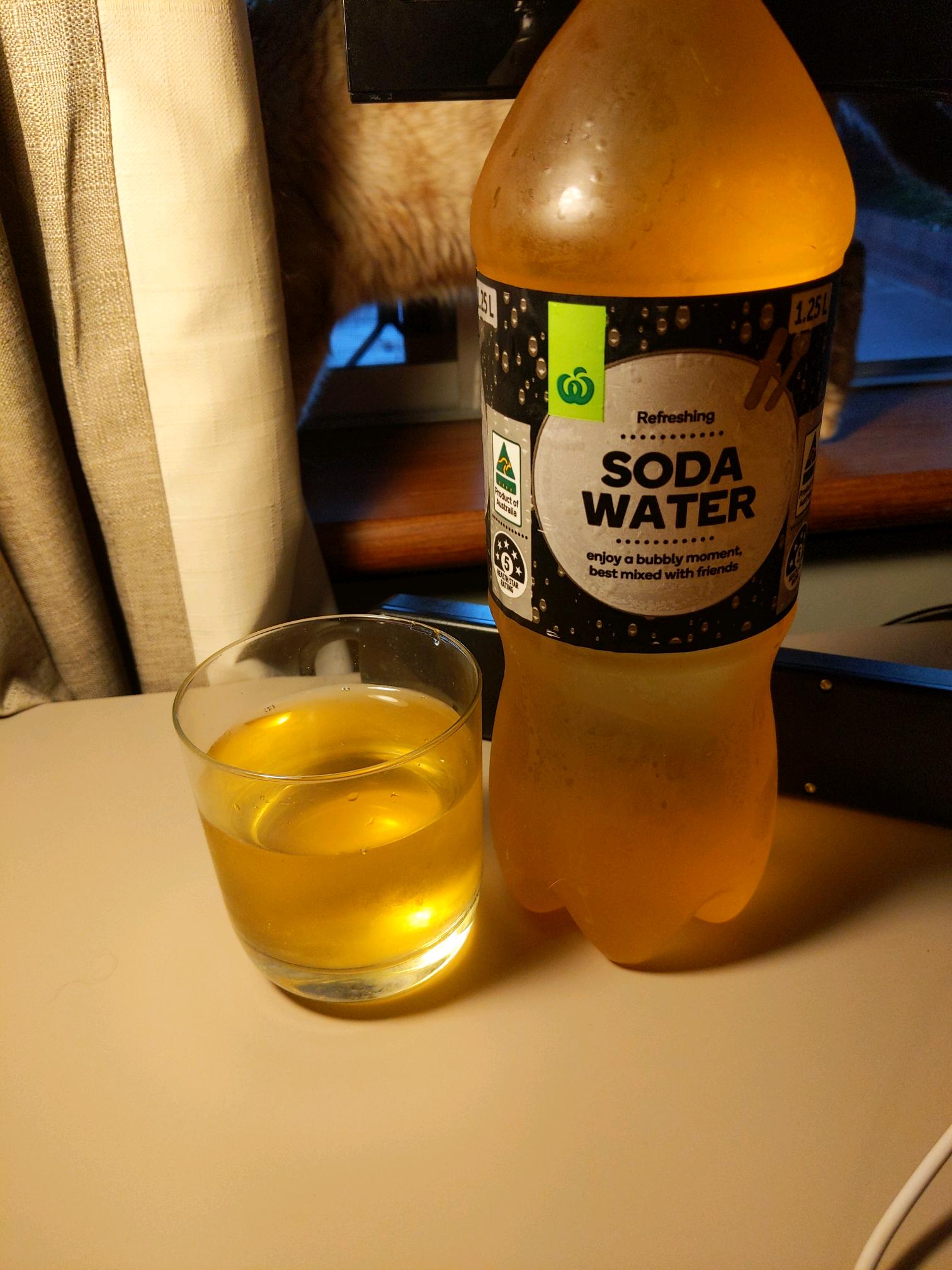Sorry for the break everyone, it’s been a hectic couple of months. Here we go, fermenting cider.
This is another easy one, I would be surprised if you don’t already have everything you need around the house!
Ingredients / tools:
- Preservative free juice
- Yeast
- A cup
One bottle preservative free apple juice (other juices can be used, like grape, pear, berries &c. but you want to stay away from stone fruit (possible but weird tasting) and anything too acidic like pineapple or orange juice). I’m using UHT which ensures there’s no other microbes, fresh is great too, just keep in mind there’s living guys in there so you may get some interesting flavors!
Yeast. (Bakers yeast is fine, it just wont flocculate as well. Have a look at Lars’ Does bread yeast exist post on the subject. If you have access to a homebrew shop I’d recommend going for some cider / champagne or an ale yeast.
Method:
- Open juice and pour yourself a cup. Drink cup of juice.
- Shake the juice for about a minute, opening and closing a couple of times.
- Add about one teaspoon of yeast.
- Then place (DO NOT TIGHTEN) the cap on the bottle and leave for one week in an area that maintains a temp of around 18 C that you wont mind smelling like yeast and cider.
We’re getting rid of some of the juice because the fermentation is going to get rowdy and we don’t want it overflowing, and we also want to get some air in there.
The shaking is so there’s some oxygen in the liquid, the yeast are going to want some oxygen so they can get settled and maybe have a family. Once the oxygen runs out they’ll start producing alcohol, so after pitching we don’t want any more oxygen coming in and muddling it up.
And finally, we’re not tightening the cap because there’s going to be a lot of carbon dioxide produced and it’s going to want to go somewhere. Using an airlock is overrated, there’s going to be positive pressure for the majority of the week; open brewing is very common among homebrewers.
Thoughts:
There we go, after a week you should have a drinkable cider. If you want some bubbles play around with tightening the cap after 5/6 days. Keep in mind, if it over carbonates you could end up with a mess, but it’s plastic so you shouldn’t get hurt.
Assuming your juice is about 100 g/L sugar you should end up with a mid strength cider (~3.3% AVB)
Make sure to refrigerate for at least three days before drinking, it will taste better.
Have fun and let me know how you did!
edit: 100 g/L, not 10 lol. Also note, we are over pitching the yeast to ensure an active fermentation.
Interesting, I have to try this!
Recreate prohibition bootlegging haha

It’s been pretty cold where I am at the moment, so it took a little longer to ferment (and I forgot it was going for a bit). This is the cider I produced with this method. I then siphoned it off into soda bottles and refrigerated it for a week. I’m pretty impressed with how it turned out. I would not have guessed it was made with brewing yeast.
Note: “brewers yeast” sold in supermarkets / health food stores have been deactivated (read killed). These can not be used to ferment and will likely just provide enough nutrients for another microbe to come along and colonise your juice

